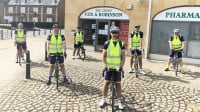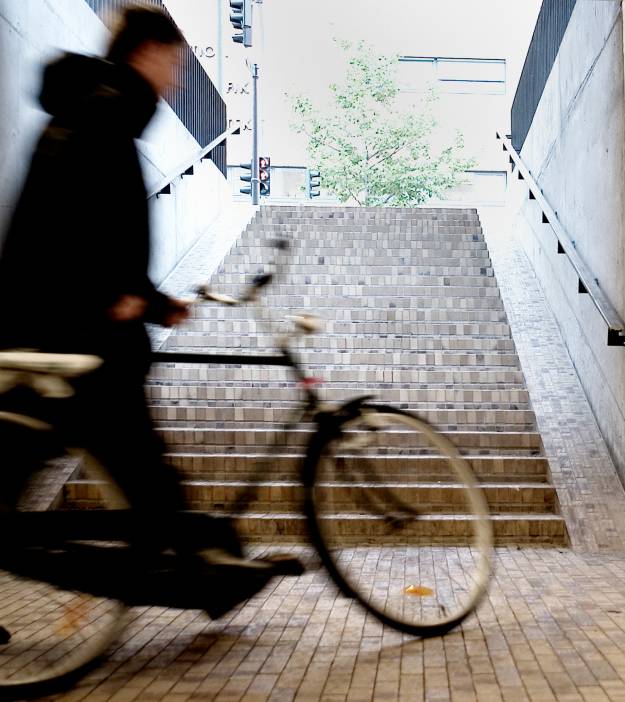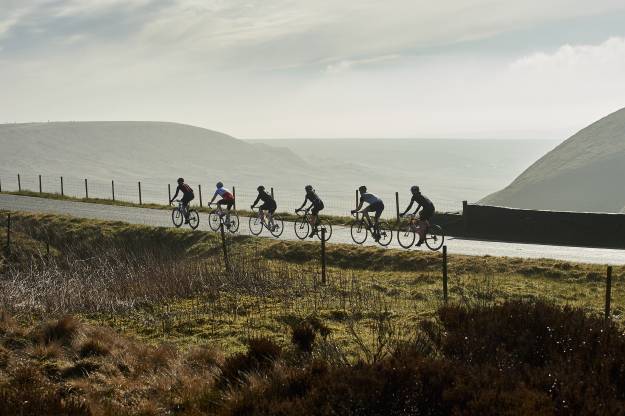In our recent State of Cycling survey, unsafe road surfaces came out as the second greatest hazard faced by British Cycling members. Hear more about the issue from Irene McAleese, Co-founder of See.Sense.
It makes sense that this should feature as an important issue to cyclists because, while all road users suffer from poorly maintained roads, cyclists suffer disproportionately in two main ways.
The first is around safety. In 2017 the Department for Transport found the total number of cyclist deaths and accidents related to defective road surfaces had quadrupled from 17 in 2007, to 64 in 2016.
The second is around the experience of the cyclist. It is physically harder to cycle on poor road surfaces due to the lack of contact of the tyre on the road, and it greatly affects comfort levels due to the vibrations experienced.
Good road surfaces are crucial if we want to encourage more people to get out of cars and onto bikes, particularly for slightly longer journeys. Fortunately, key decision makers are aware of this (the Department for Transport identified it as an important priority in a recent call for evidence), but why are we in this position in the first place?
Money, money, money.
Minor roads carry only about 36% of car mileage, compared to over 83% of cycle mileage, but major roads are usually deemed more important in maintenance terms because they carry the most motor traffic overall (over 65%).
So more minor roads, maintained chiefly by local councils, attract the most cycle traffic. However, there is a backlog in fixing them.
The average cost to reactively fill a pothole is £89 in London, and more generally £74 in England. In comparison, planned maintenance of a pothole only costs £56 in London and £49 across England. Local authorities need more funding to keep their roads in a fit state of repair but, because of a financial shortfall, they are paying out millions of pounds in compensation instead.
What can be done?
The good news is: a number of things!
Here are two straightforward actions from the ‘Well-managed Highway Infrastructure: A Code of Practice’:
- Authorities need to consider the needs of all road users. This includes planning for those walking by foot or travelling by bike so that more value can be created from infrastructure.
- We need to monitor where unusually high proportions of road users are, so we can see where a good surface condition is of particular importance
How See.Sense data is helping.
At See.Sense we’ve created an intelligent bike light that detects road issues or unsafe routes that cyclists face on their ride. Patented sensor technology in each light monitors the road surface hundreds of times per second. This detailed analysis enables See.Sense to map the road surface like never before, enabling cities to detect areas that are deteriorating and target preventative maintenance, which is both cheaper and longer lasting.
We’ve worked closely with AECOM, an international engineering firm, to validate and calibrate our data against their traditional survey techniques. Every cyclist using See.Sense lights can be part of a network providing never before seen insights into how the road surface is performing.
Furthermore, through the See.Sense mobile app riders can share their insights and feedback through short surveys. Thanks to our partnership, British Cycling is then able to use these insights to help improve cycling conditions across the UK and guide national and local government on building better cycling infrastructure.
Find out more about British Cycling's partnership with See.Sense here.












